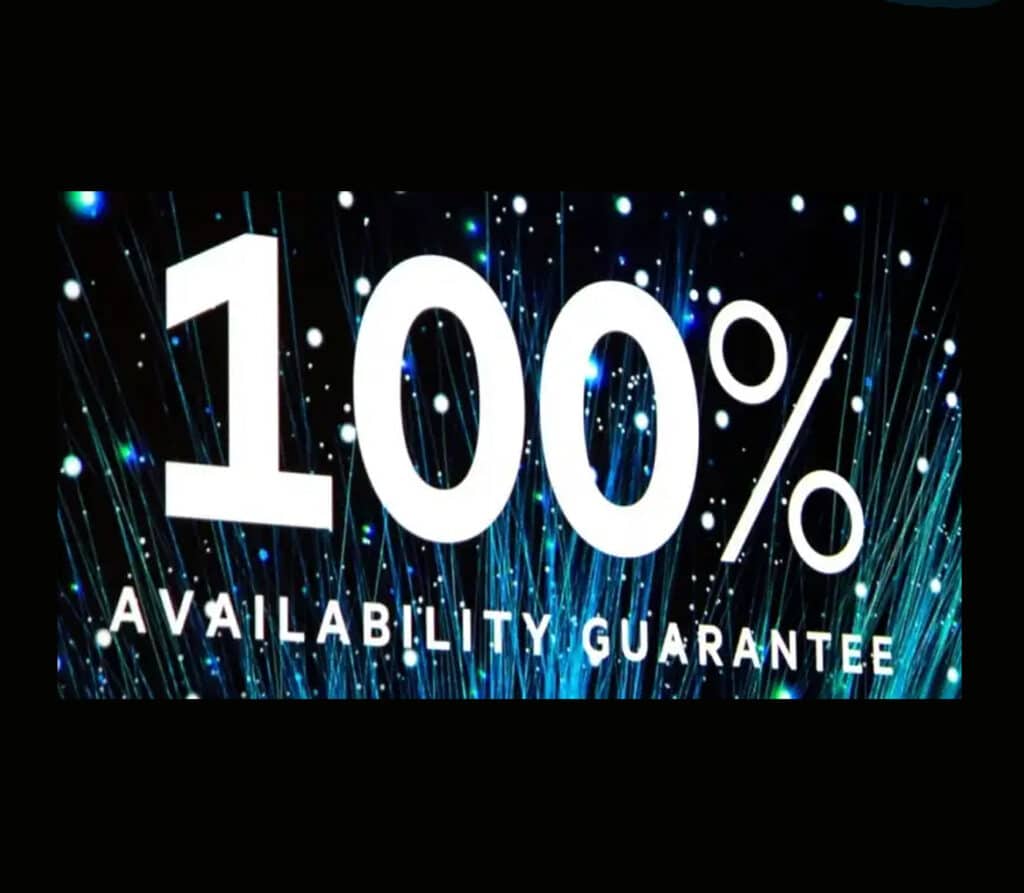The Fine Print Behind HPE Primera’s 100% Availability Guarantee
How often does your organization think about the costs and impacts of system downtime? According to Kolton Andrus of Forbes, system downtime amounts to an average loss of $100,000 for every hour of downtime. Amplified across dozens of locations, a single outage could cost millions. Instead of mitigating losses after the fact, CIOs and CTOs need to take proactive measures, including rethinking their IT strategies. The demand for optimum uptime is paramount, encouraging adoption of guaranteed IT resources and minimal downtime. Such notions contributed to the 100% availability guarantee offered by Hewlett Packard Enterprise (HPE) platforms, as detailed on HPEZone.com, specifically HPE Primera. While built to promote maximum efficiency and end-to-end availability, the guarantee comes with a few stipulations you should be aware of.

Does HPE Primera Really Prevent Disruptions?
HPE has always stood behind their hardware, HPE Primera coupled with HPE Infosight makes the 100% guarantee a reality. Primera leverages the power of HPE Infosight Software to analyze and predict issues. The proactive measure transforms storage into a guaranteed, mission-critical process for the corporation. The surface answer to the question of power disruption prevention is a resounding “yes,” but the benefit is clearly defined for customers receiving the HPE Proactive Care support and implementing the AI that comes with HPE Infosight.
What Does the Fine Print Really Say?
The basic fine print shows that disruption is a thing of the past, and if a problem does arise, HPE will resolve the issue and apply a credit toward a future purchase. However unlike other things that are too good to be true, this is actually happening. That being said, you should be aware of the fine print as you must meet qualifying criteria, for HPE guarantee to apply. The stipulations or qualifications include:
The User Must Have a Purchased Support Contract.
You must have a purchased support contract, with a minimum of three years, and users must adhere to the HPE Primera OS update schedule. Failure to install updates leave your system vulnerable to downtime or attacks so it’s a requirement for this guarantee.
The rationale is simple; updated systems ensure the array is fully supported and includes all new features. The same principle applies to any other major purchase, such as a home or vehicle. If not properly maintained, a car could suffer severe damage. In addition, those that purchase support are more likely to use it. It’s already paid for, so why wouldn’t someone take advantage of the benefits? This leads to larger problems being fixed before they cause an outage.
Primera Must Report Back to HPE Infosight Software
HPE Infosight is the analytics’ engine for HPE’s Infrastructure. Since InfoSight serves to collect data generated by Primera and help fix issues with that data, it mitigates disruption risk. Data is power, and prior to a disruption, data streams may indicate problems with software or processing. Failure to report data could lead to a disruption, and if your system isn’t reporting to Infosight, this powerful data can’t prevent a disruption.
The reporting requirements poses a problem for some sites, such as black sites or government sites that cannot provide data for analysis. If you don’t report into Infosight, they can’t honor the guarantee because the systems can’t recognize known problems or disrupting factors and generate suggestions for fixes.
[Learn how enterprise storage solutions can add scalability, achieve 100% availability, and optimize costs.]
Maintenance Is a Time-Sensitive Requirement.
Any server maintenance program must include updates and patches. Everyone knows the stress of realizing an unplanned, ill-timed update. Updates take a toll on resource availability, leading some users to decline such updates. Unfortunately, failure to install updates also results in a failure to meet the stipulations of the 100% availability guarantee.
While required updates might seem frustrating, they are a necessity. Updates safeguard the system against cyber-criminal and hackers. Hackers know vulnerabilities may exist, and they will explore every avenue to find them. Updates are the only way to keep the system ahead of the what hackers are planning and fix known issues. Thus, HPE requires the installation of all critical and recommended patches within 10 days of receiving a software availability notification. In addition, HPE requires an update to critical and recommended HPE Primera OS and firmware releases within 30 days of such notifications. The patches are the easy part of the requirement; the OS upgrades can present additional challenges, including the risk of disruption or latency during the upgrade. For this reason, more companies opt to work with third parties, such as ComportSecure, to proactively manage the upgrading and updating processes with managed server support.
Invest Wisely With the Right Combination of Managed Services and Software.
System downtime is unacceptable. Downtime amounts to millions in costs, and it even opens the door to risks for cyber attacks. Think about it. If a disruption can cost millions in lost revenue, imagine the potential costs of a data breach, putting your customers’ information in the hands of criminals. For many industries, such breaches lead to major, lasting problems, including compliance violations, fines, civil lawsuits, and disruptions in customer care. In a sense, your organization needs a dedicated system that eliminates the unexpected and proactively reduces risk for disruption. HPE Primera’s guarantee is that system, but it is only one-half of the solution. The remainder lies in taking advantage of additional resources, such as those offered by ComportSecure’s Managed IT Services, to maximize your investment and keep systems running within the stipulations in place.




























